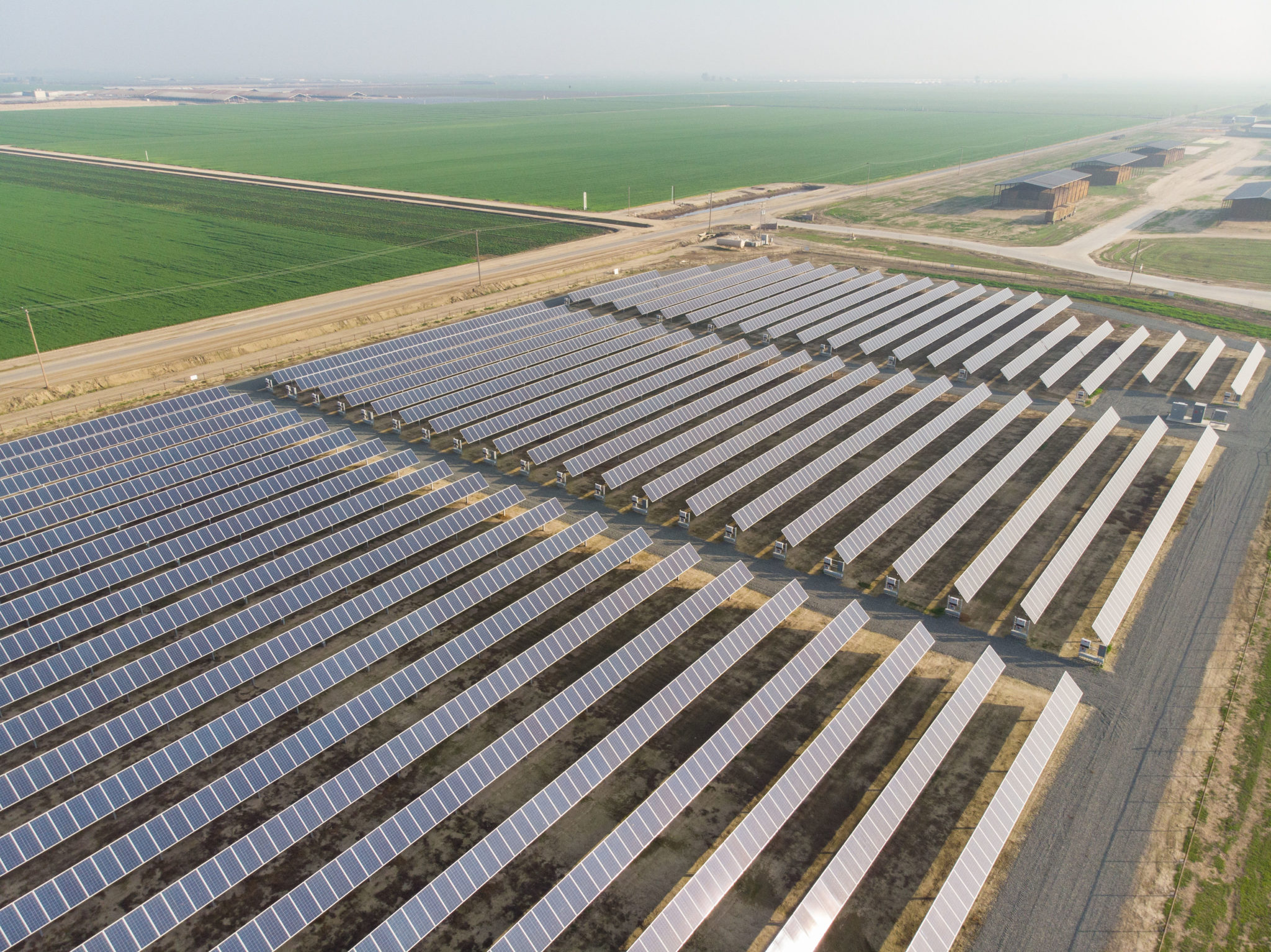
It is essential to consider the payback period of your solar system when going solar. People must determine how and when their investment in residential solar electricity will pay for themselves. After reading this article, you will learn how to calculate your return on investment and better understand all the aspects of calculating the payback period for solar panels.
What Is A Payback Period For Solar Panels?
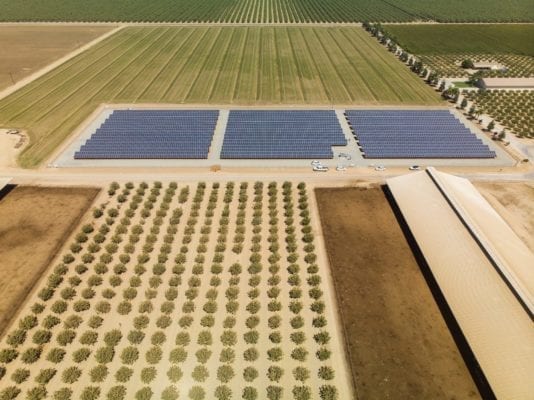
The time it takes to save on your electric bill after investing in a solar panel system is called the solar panel payback period. The payback period or solar panel break-even point can differ from the time it takes to pay off your system if you finance the solar power system with your solar provider. It is because you can use the savings for something other than paying off your solar loan.
Starting with the installation cost of installing the solar panels, you can determine the solar panel payback period other than any incentives or rebates you receive. Once you’ve reached the amount, you initially spent, divide the remaining expense by the monthly electric bill savings.
How Long Should the Solar Payback Period Be?
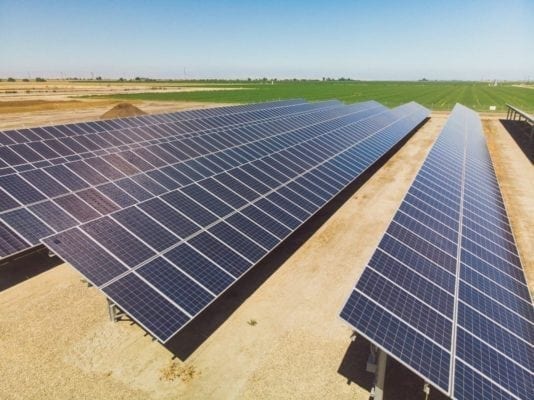
The most typical estimate for the solar panel payback period is 7 to 10 years. This is a relatively wide range because many different things might affect how long it takes to pay off your panels and how much money you save each month.
For example, a larger solar installation will cost more upfront but result in more significant monthly savings. Additionally, a major increase in your utility’s electricity bill can significantly influence your long-term savings.
Advanced photovoltaic solar systems should have an expected lifespan of at least 25 years and an efficiency of at least 80%. Some modern solar panel models have even longer lifespans. Therefore, even if your payback period is ten years, you will still save money on electricity for a further fifteen years or more.
Calculating the Payback Period for Solar Power

Even though several variables could alter your final payback term, the following calculation will give you a reasonable indication of what to anticipate:
Total Costs Subtracted From Annual Benefits
The total cost of your PV system includes the combined cost except for solar tax credits. Since you don’t have to pay back any solar incentives or credits, you don’t need to factor them into the overall cost of the system.
Savings on your electricity bills are combined with other benefits like net metering and Solar Renewable Energy Certificates to form annual benefits (SRECs). Since net metering and SRECs are benefits rather than expenses, they are not required to be included in the total costs.
What is a Good Payback Period for Solar Panels?
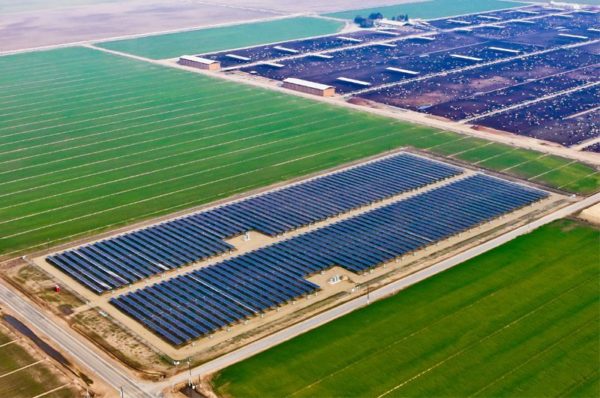
Consider the whole lifespan of your system as one approach to assess whether you’re getting a good return on your solar energy investment. The usual lifespan of a household solar system is 25 to 30 years. If the payback time is eight years, you will be profiting from the scheme for 17 to 23 years.
According to most solar industry experts, investing in solar panels is a good idea if the payback period is shorter than half the system’s lifespan. Consider what would happen if you invested in a more conventional financial investment than solar energy.
Installing solar panels may or may not provide a higher return on investment (ROI) than buying real estate, stocks, or other investments, depending on your investment methods. Internal rate of return (IRR) must be carefully considered to make the most responsible choice.
You can contact Coldwell Solar to accurately determine your solar system’s payback period. We can help you obtain an estimate.
Factors to Consider for an Appropriate Solar Payback Period

Five main factors can influence your solar payback period:
- Using average electricity for residencies determines the number of solar panels you need.
- Overall system cost
- Federal tax credits, rebates, and incentives for solar energy
- Production of energy from your solar system
- Electricity prices and the rate at which they are rising
The following aspects demonstrate the example of a solar payback estimate for a California solar farm:
Step 1: Use of Average Electricity for Residencies
The first step involves determining how large your solar system is supposed to be. You can estimate it by looking at the average electricity used in your home. It’ll help you build a solar system that’ll generate sufficient energy to fulfill your energy needs.
But you should also keep in mind that the price of your electricity will probably increase with time. This implies that you could eventually save even more money and shorten the time it takes to pay off your solar panels.
Step 2: Overall System Cost
The next step is to calculate the cost of your system. This figure shows the total cost of a solar installation before tax credits or other incentives are taken into account. It is the figure from which we will start deducting savings to calculate the payback time.
Step 3:Federal Tax Credits, Rebates, and Incentives for Solar Energy
Installing solar panels benefits you by giving you a significant tax break at the end of the first year. It provides a tax credit of 30% of the total installation costs.
Many states also provide additional solar incentives, including rebates and performance-based incentives. Your net cost of solar panels is calculated by deducting the number of available incentives from the price of the entire system.
Step 4: Production of energy from your solar system
This step is straightforward yet crucial. Once you know how big your system is, you can multiply the amount of kW your solar panels generate in sunlight by the number of kWh that 1 kW can generate annually. The next step is multiplying that number by the cost per kWh of your utility charges.
Step 5: Electricity Prices and the Rate at Which They Are Rising
The real action begins right here. If your state uses net metering, you can multiply the annual kWh production of your system by the utility’s per-kWh rate. Your annual savings from solar energy will be that sum amount.
To calculate the years it will take for your solar savings to match the system’s net cost, divide the net cost from Step 3 by your average yearly savings. However, it’s not always that simple because net metering is unavailable in jurisdictions, and power bills are rising.
How Much Money Do Solar Panels Help You Save Annually?
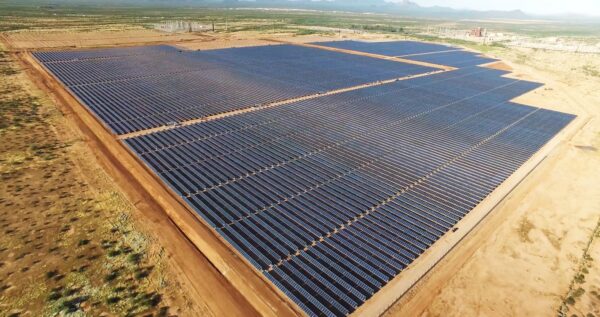
We have discussed above that the exact figure varies, but homeowners also claim annual savings between $108 and $290. Depending on a variety of conditions, solar panels will cost you less or more money. Sometimes you can control these factors, and often they are not in your control.
You can calculate how much money you can save from solar panels by these factors:
- Production and consumption of power: The more electricity your solar panels produce, the less electricity you purchase from the grid and the more money you save. You can save more if you install more panels than your usual usage.
- Electricity costs: If you don’t have access to lower rates from other suppliers or reside in a location where gas and electricity are more expensive, the value of your solar system’s electricity will be higher.
- The Smart Export Guarantee (SEG): With the SEG, you can export excess energy to the grid and receive payment of about 5–6p per kWh in return. Your panels will contribute to their costs and provide savings if you have an SEG-compliant installation and are on an SEG tariff.
- Storage of batteries versus no storage: The energy will be wasted if you don’t have a battery to store it in and an SEG tariff to sell it back to the grid. This makes it more difficult for them to recoup their installation costs because it reduces the quantity of solar energy you can use or sell.
When you get your panels installed, you can arrange for a smart meter installation required for SEG tariffs and battery storage if you want to save as much money as possible.
Coldwell Solar Can Design and Install Your Solar Farm
After reading the above article, you can determine the expected solar payback period. If you haven’t gotten solar panel quotes yet, you can get started by using our solar panel calculator and finding out about deals from local solar service providers.
Remember that the method described above only yields a simple payback calculation and does not consider factors such as solar panel degradation, gradual increases in electricity bills, or other variables.
Solar panels have other advantages than lowering utility bills that are harder to quantify. The most significant advantage of solar panels is a rise in property value, which is projected to be roughly 4% higher than before solar energy.
If you want to indulge in a lifetime investment, contact Coldwell Solar to go green and save the environment by generating clean energy.

